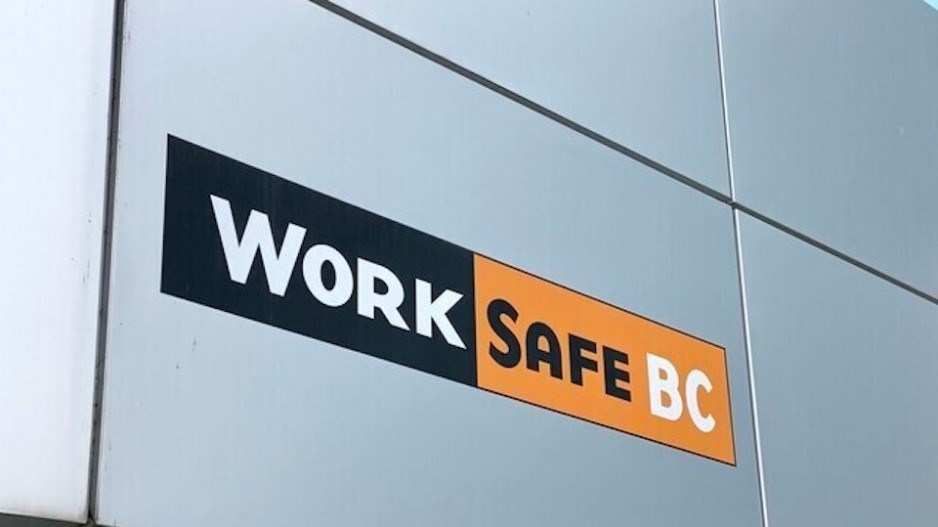Since coming to power in 2017, the NDP government has been engineering what it describes as a more “worker centric” approach at WorkSafeBC, the province’s occupational health and safety agency.
To this end, the government launched and completed five separate reviews of various aspects of WorkSafe’s activities, resulting in a series of legislative and policy changes that have enriched benefits for injured workers and driven claims cost higher.
Fair enough. A large and complex organization like WorkSafeBC needs to adjust and update its policies and practices from time to time. And five to six years ago, there were a few areas where British Columbia’s compensation regime was out of step with other jurisdictions, and where it made sense to take a fresh look.
But it’s all a matter of degree – and of balance. Balance, unfortunately, appears to be diminishing, with the interests and views of the employers who fund the system carrying less weight with the government and with WorkSafe itself.
WorkSafeBC is among the province’s most important public bodies. It serves 2.5 million workers and 263,000 registered employers – with the latter required to pay premiums that are adjusted annually. Unlike other government-mandated payroll levy programs like Employment Insurance and the Canada Pension Plan, employees do not share in the cost of running WorkSafe or financing its benefits.
The agency’s premium income is fast approaching $2 billion a year; for many businesses, payments to WorkSafe rank among their largest operating expenses. WorkSafe also garners substantial income from earnings on its large investment portfolio, without which premiums would be higher than they are today. The latter fact has prompted some in the government and at WorkSafe to suggest that employer premiums are being “subsidized” or “discounted.” The claim is problematic, to say the least.
Thanks to relatively flat injury rates despite growing payroll employment numbers and strong investment earnings, WorkSafeBC in recent years has been “over-funded,” based on criteria prudently set by the board of directors to ensure the agency has the means to pay current and future claims. In no conceivable sense do strong investment returns on WorkSafe’s portfolio constitute a subsidy to employers. Indeed, any reported annual surplus arguably should be assigned to the employers who – financially – are on the hook for the entire compensation system.
Under the NDP, the changes at WorkSafe have come fast and furious, with the effects now showing up – particularly in escalating costs. In 2021, claims costs were up a staggering 90 per cent compared to 2017. Some degree of cost escalation is to be expected, in part due to the expansion of mental health claims, but also because of inflation and the policy and legislative reforms adopted in the last half-decade or so. While average employer premiums have not yet risen appreciably, we are convinced that trouble lies ahead, especially if – as is likely – earnings on WorkSafe’s investment portfolio come under downward pressure in the next several years.
Also concerning is the NDP’s recently passed Bill 41, which includes legislative measures that are expected to add hundreds of millions of dollars in incremental system costs going forward.
Meanwhile, we have observed that the organizational culture at WorkSafe continues to shift towards being more “worker centric,” in keeping with language used by the minister of labour. Employer interests and perspectives are increasingly being sidelined. Commentary from WorkSafe on the agency’s financial position cites outsized investment returns and sound management as reasons for the organization’s stable finances. There is less acknowledgement that employers and workers have made determined efforts to reduce workplace accidents and injuries – efforts that must continue, and that indeed are central to many of WorkSafe’s programs.
Amid a slew of payroll and other cost increases that businesses have had to absorb since 2017, we worry that the employer perspective is getting short shrift among policymakers in Victoria – and also at WorkSafe. B.C. business leaders would be well advised to pay more attention to the agency and the role of the provincial government in shaping the legislative and legal context in which it operates. There is a real risk that system costs will continue to skyrocket, inevitably leading to sharp premium hikes over the rest of the decade and beyond. It is time for employers to put WorkSafeBC and the government that ultimately controls it under a critical microscope.
Jock Finlayson is the Business Council of British Columbia’s senior adviser; Ken Peacock is the council’s senior vice-president and chief economist.





